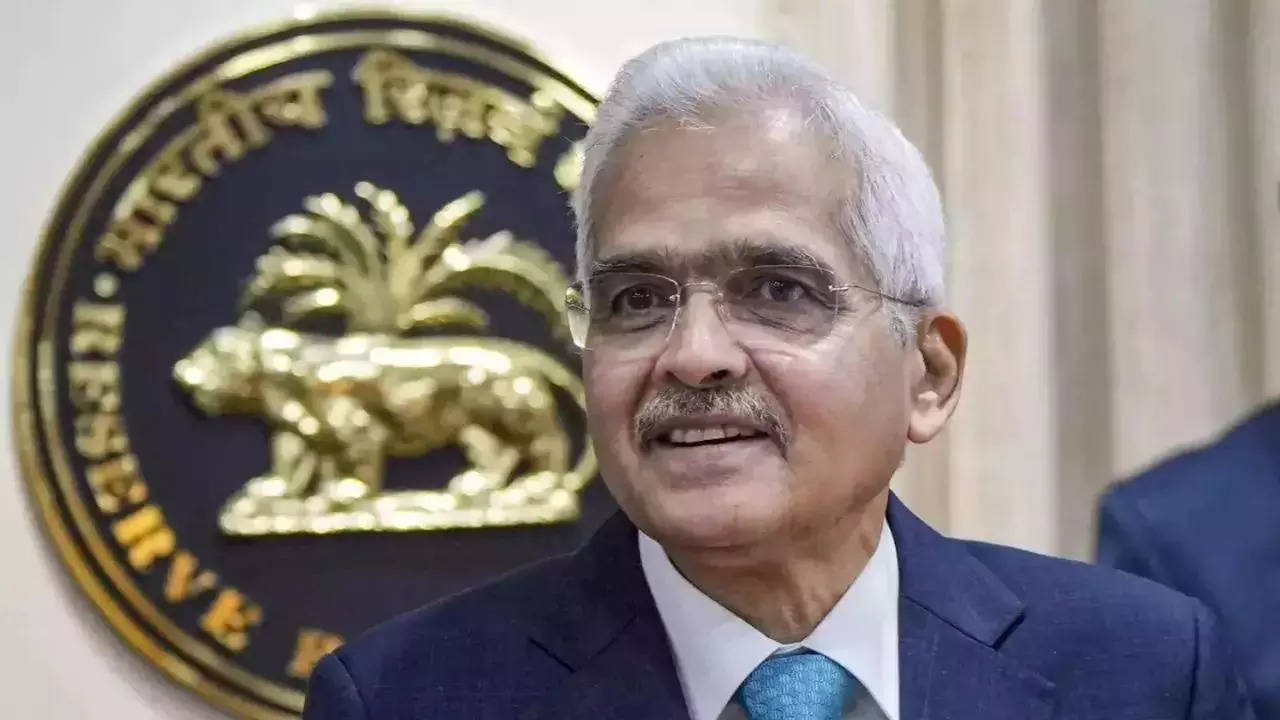[ad_1]
“The MPC decided by a majority of 4:2 to keep the policy report unchanged at 6.5%. Consequently, the standing deposit facility rate remains at 6.25%, and the marginal standing facility rate and the bank rate are at 6.75%.The MPC also decided by a majority of 4:2 to remain focused on the withdrawal of accommodation to ensure that inflation progressively aligns to the target while supporting growth,” said Das. The governor added that there is a good amount of convergence between market expectations and the RBI’s policies.
The governor retained the growth forecast for FY25 at 7.2% but cut down the forecast for Q1FY25 to 7.1% from 7.3% earlier. “We have slightly tweaked the growth projection for the first quarter of the financial year. This is primarily due to updated information on certain high-frequency indicators which are anticipated central expenditure and core industries”. The governor also retained the inflation forecast for FY25 at 4.5% even as he tweaked quarterly forecasts.
Das said that while there was a divergence between headline inflation and food inflation, it was important to focus on food prices given its ability to spread to overall inflation.
In his statement, Das asked banks to focus more on mobilising household deposits and not depend on wholesale resources for lending. “Banks are facing challenges in funding their loans with bank deposits. As a result, banks are resorting to short-term non-retail deposits and other liability instruments to meet the incremental demand. This, as a whole, potentially exposes the banking system to structural issues. Banks should, therefore, focus more on mobilisation of household financial savings through innovative products and service offerings,” said Das
Thursday’s policy followed the 50th meeting of MPC since its inception in September 2016. “The framework has worked well in maintaining macroeconomic stability even during periods of stress. Growth remains strong, and inflation is on a declining trajectory,” said Das. He added that while the near-term outlook for global growth was positive, there were long-term challenges because of demographic shifts, climate change, geopolitical tensions, rising public debt and the rise of new technology such as artificial intelligence.
On the domestic front, the governor said that the monsoon was progressing as expected, there was robust expansion of services, a turnaround in rural demand, and steady discretionary spending in urban areas supporting household consumption.
[ad_2]
Source link



